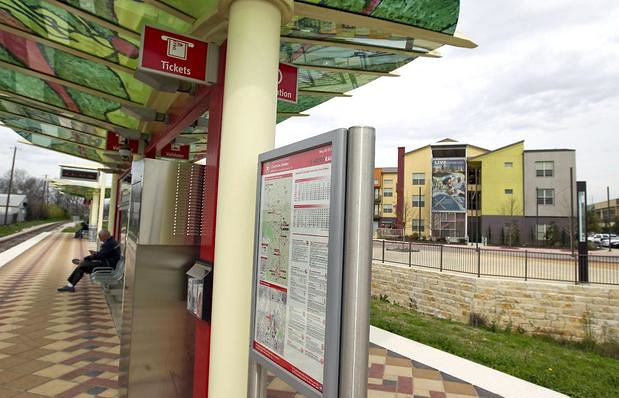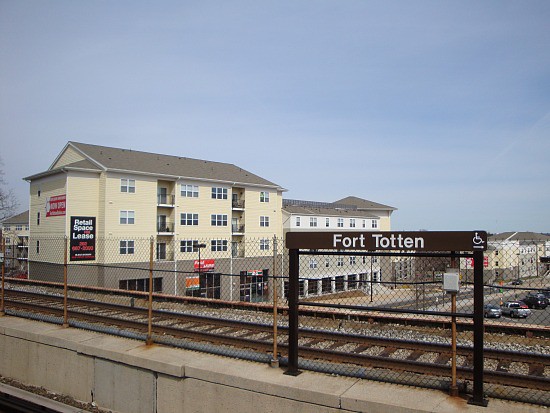Transit oriented development can take decades to realize, so two years is too short of a time to be expecting it (Austin Texas)
The Austin America-Statesman has an article, "Two years after MetroRail's start, stations attract little development," about the thus far limited impact of transit on development in Austin, Texas, since the opening of a light rail line.
Despite the necessity of considering the impact of the 2008 real estate crash, which has trashed most markets across the country, the fact of the matter is that it takes a long time, decades even, to see fundamental impact from transit on real estate markets, especially in places where fixed-rail transit service is just being introduced.
When I first read the relevant chapter in the second edition of the textbook Geography of Urban Transportation, published in 1995--20 years after the creation of the WMATA system in DC, the MARTA system in Atlanta, and longer for the BART system in the San Francisco Bay region--on the real estate development impacts of transit, few positive impacts were found.
In DC, outside of the Downtown, it has taken upwards of three decades to begin to see impact at outlying stations farther from the core of the city (although some of these stations opened later, as the green line opened later).
And not all of the impact has been positive, or at least, the best way to realize proximity value from transit access, because unfortunately, it takes the right combination of forward thinking developers, land availability, state of the market, and other factors for everything to come together.
Similarly, it has taken upwards of two decades to see proximity value of transit recaptured in real estate development in Arlington's Wilson Boulevard corridor
The way markets work, the most value is realized in high value locations, so if you add transit to lower value locations--provided you have a transit network not just a line, so that proximity value results in extranormal property value increases--it takes even longer to realize the benefits that can come from transit access.
It will come, in all likelihood, but it takes decades.
I've written about this quite a bit, such as in this entry, "Successful transit oriented development requires successful, valued transit" about Baltimore and these, "A recommended new planning direction for Prince George's County," and "The future of mixed use development/urbanization: Part 3, Prince George's County, where's the there?" about Prince George's County.
A report from the Center for Transportation Studies at the University of Minnesota finds that the value of transit proximity for real estate and other spinoff positives is in the first 10 miles of the system.
- The Hiawatha Line: Impacts on Land Use and Residential Housing Value (Feb 2010, CTS 10-09)
-Transportation as Catalyst for Community Economic Development (Dec 2007, CTS 07-07)
This photo is of a development in Austin, but it is uncanny how it looks like developments at Fort Totten and Rhode Island Stations in DC. The first took 25+ years to come to fruition, the second is just now open, about 35(!!!!!!!!!!!!!!!!!!!!) years after the opening of the Rhode Island Station.

Apartments in the Midtown Commons development near the Crestview station at North Lamar and Airport boulevards are filling up, but about half of the development's 60,000-plus feet of retail and office space is still vacant. Rodolfo Gonzalez/AMERICAN-STATESMAN

Labels: real estate development, transit oriented development, transportation planning, urban design/placemaking



0 Comments:
Post a Comment
<< Home